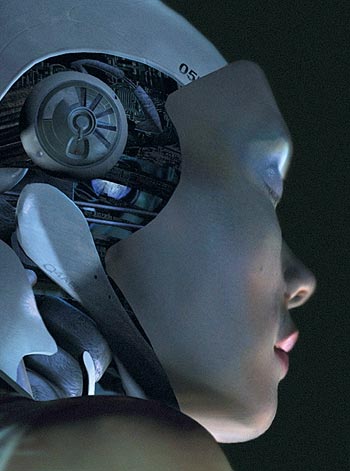
Lesson Eight
Beloved in the mirror of
forms/shapes may show Its face[1],
or in the mirror of both shapes and meanings. The beauty is made
manifest to the lover by dressing Its face. The lover experiences
pleasure. And from this observation/enjoyment of beauty terrific power
is gained. And here It unveils the secret: “I saw my Lord in best of
forms” and explains what is meant by: “Wherever you turn, it is the
Face
of Allah” and Creator shares with the lover: “Allah is the light of
heavens and earth”, since:
The height and depth of the world
It is You
Know not what You are, but whatever
exists
It is You
Come into my (Araqi’s) eye and
gaze upon It to comprehend why a lover said:
I have a loving companion
Whom mine body and life is Its Face
What body and life? Entire world is
Its Face
Every good face and pure meaning
If made manifest to I, that is indeed
Its Face
And if Its lustrous glory
galloped out of the cloak of meanings, then the lover shall never enjoy
the pleasure of discovering Its presence nor will come to taste the
(sweetness of) one’s existence. And here the abrogating annihilation:
“nothing other than It” or the eternity of: “It shall never perish” is
discussed with the lover:
Made manifest what is left after the
destruction
Nothing left, other than what was It
already!
Imagine how would things be if
Beloved dropped the cloak of shapes/forms and meanings to reveal Its
beauty and radiating glory beyond, the tempest stampede of the innate
existence tells the lover:
In a city lets say dwells either You or I
Two governors mix the affairs in
disorder
Mosquito screamed complaining
to King Solomon about the gales, Kind responded: “Prepare your opposing
wrath”, mosquito answered: “If I had the power would I have screamed in
complaints”:
When would It manifest to creation
It’s Face
In which mirror will It pose
It’s Face
[1] There are several different words in Arabic
and
Farsi describing the face and shape of human beings. In Koran the term
face is used in one single Arabic word “Wajh”. In Farsi there are,
however several words:
1.
Roo, is common Farsi but it is really used in context like “showing
one’s face” i.e. appearing in physical/honoring form showing one’s self
2. Rokh, this word is kind of
a high-Farsi used in very literary occasions and carries the aura of
honour and beauty
3. Soorat, this actually is an
Arabic word used in Koran which really does not mean face but means
shape, design and form. Contemporary Iranians do not distinguish
between
Arabic soorat and face and to them means the physical face. However, in
Araqi’s writings Soorat means the Arabic meaning of shape and form and
not face, though it could be describing the shape of a face. But in his
poetry he confuses the meanings intentionally to support the poetic
aspects, which is very pretty.
4. Wajh, rarely used by common
Farsi speakers
Perhaps the most pressing
question is why ‘face’ is being used as a word in association with the
Creator? Simple observations may make the matter clear:
1.
Perhaps it’s the concept of the ‘facing’ something or someone is more
the real application of the word face not the face itself. The actual
verb indicating to come face-to-face with someone is the valid and more
important concept again. We are at all times, facing the Creator!
2. Eyes are
on the face, and if someone is watching us close by, they are facing us
as well. This use of a gazing face is more important than just the word
face.
3. Facial
expressions are telling signs of another person’s intent, pleasures and
displeasures. Araqi uses these ‘facial expression’ concepts in his
poetry to the fullest extend often to a questionable degree. He tells
us that if all we face are the Face of Allah then through expressions
of Its face i.e. events with people and nature as a part of this face,
we can determine what the intent of the Creator is!
4. Lovers
are always face-to-face in their loving, they yearn to see each other’s
face in close proximities and much pleasure(and loving) is caused by
facing one’s lover. So Creator’s Face is a loving term describing
Allah’s immense affection for us by providing this lovely face that
gazes upon us at all times like an ever-loving lover.
Therefore Allah’s face
indicates vision and gestures of approval or lack thereof but It is a
face like non-other e.g. there are no eyebrows or lips of what we
normally associate with a mortal face. And at all times It’s the Face
of the Creator that is facing us though we know not.
Background
©
2008-2002,
Dara O Shayda
